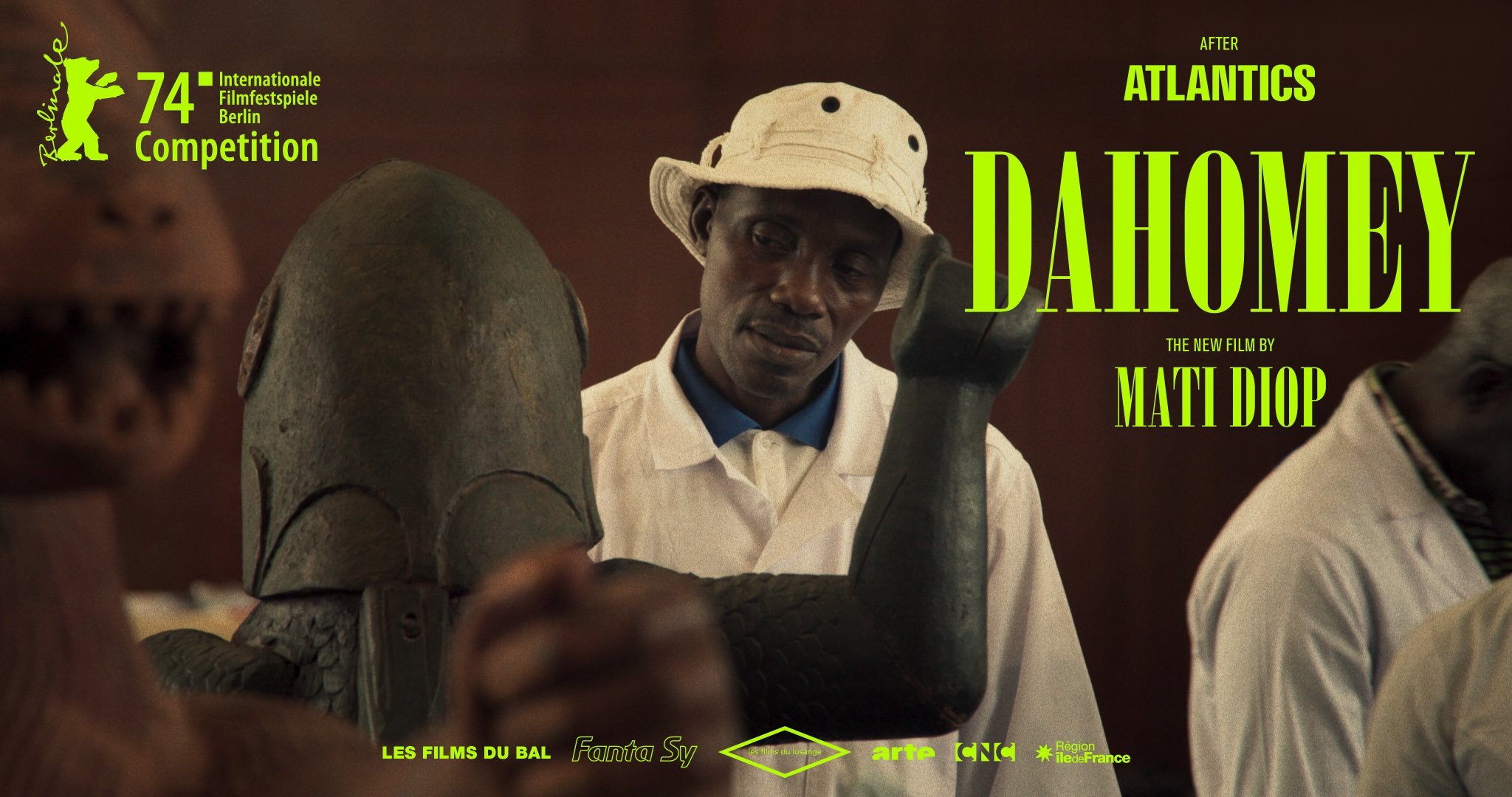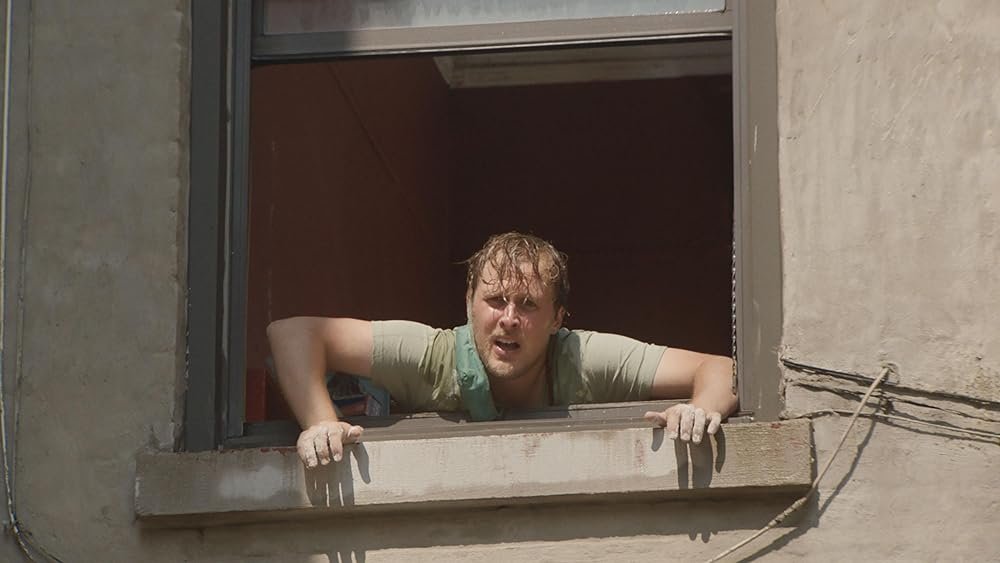Where the Wind Comes From has veins of sadness reaching from its head to its toes. You’d think those might weigh it down, but really, they help the movie become the tender, mature thing that it is.
It follows Alyssa and her friend Mehdi, two young adults in economically-(and for them, socially-)depressed Tunisia, each of whom is upset for different reasons. As time passes (i) we learn why and (ii) Alyssa discovers an opportunity for the two to maybe change their lives and rise above this place.
Queue the road trip! The (platonic) chemistry between our leads works its magic, uplifting us often, and reminding us of the exciting, desperate hope that can categorize youth. The writing injects Alyssa—rough around the edges in red, more tricksy and impatient and perhaps ready to give up—and Mehdi—more by the book, cautious in blue—into situations that illustrate problems big and small, but it’s never an overdose.
Very few of the lines do feel forced, as do a couple of pans of the countryside, but most of the movie watches real. You begin to root for these two, for the world to not be so harsh. For the first time in a long time you listen intently to stories that a loved-one tells you about where the wind comes from, for example, the sort of bedtime story that you need to hear in that moment to relax, because sometimes, the bad dream is something that you’re already awake in.






















